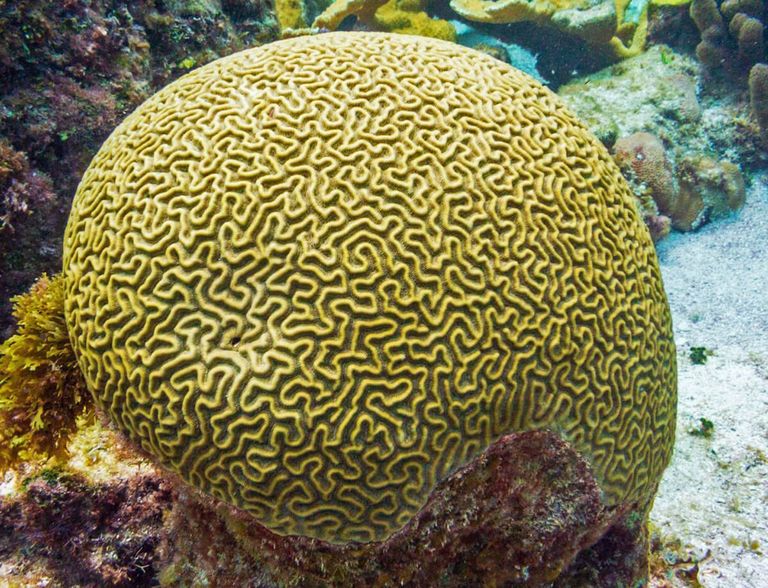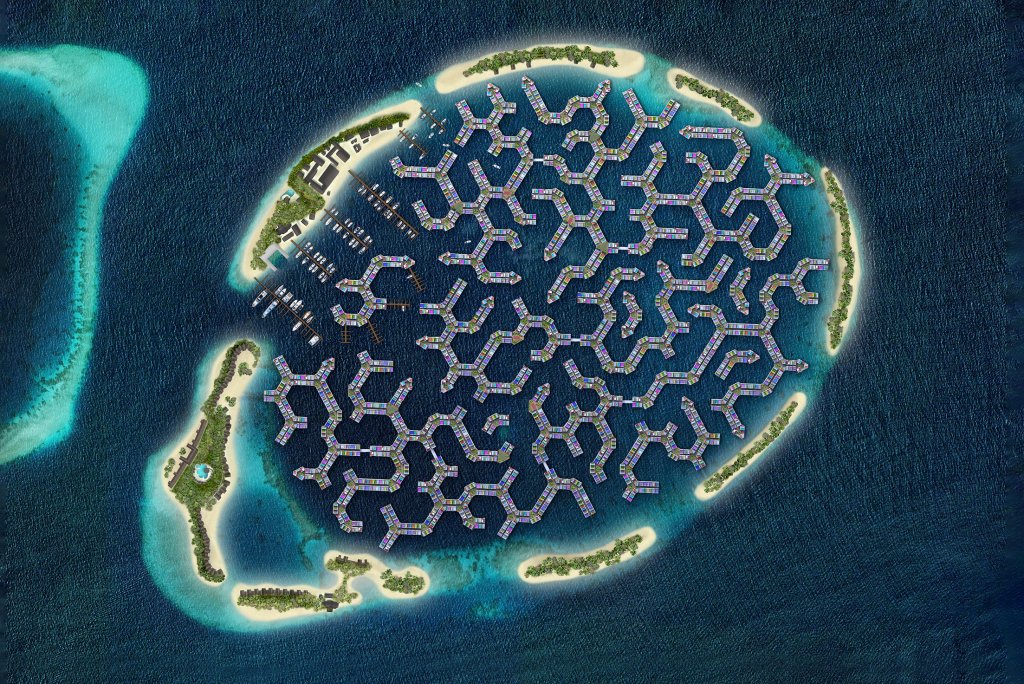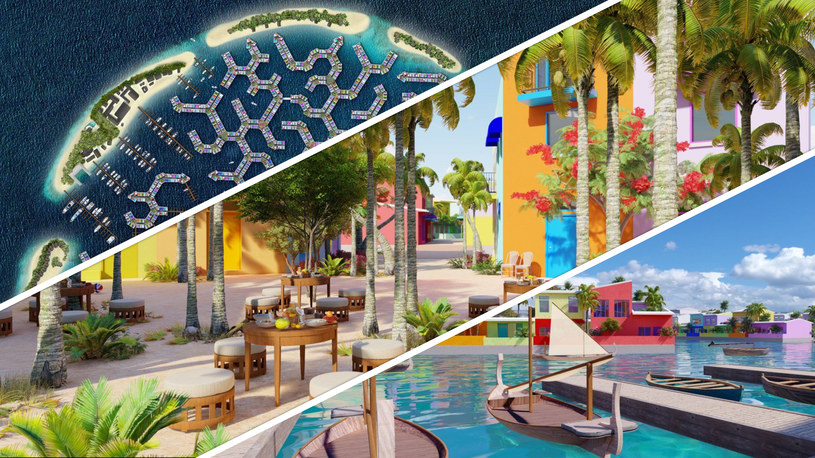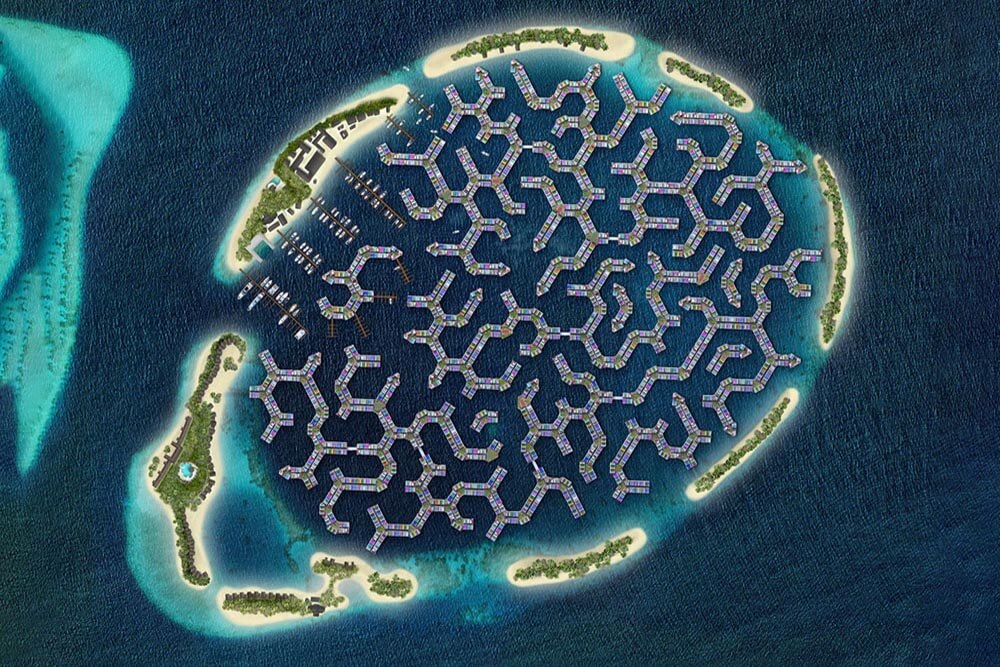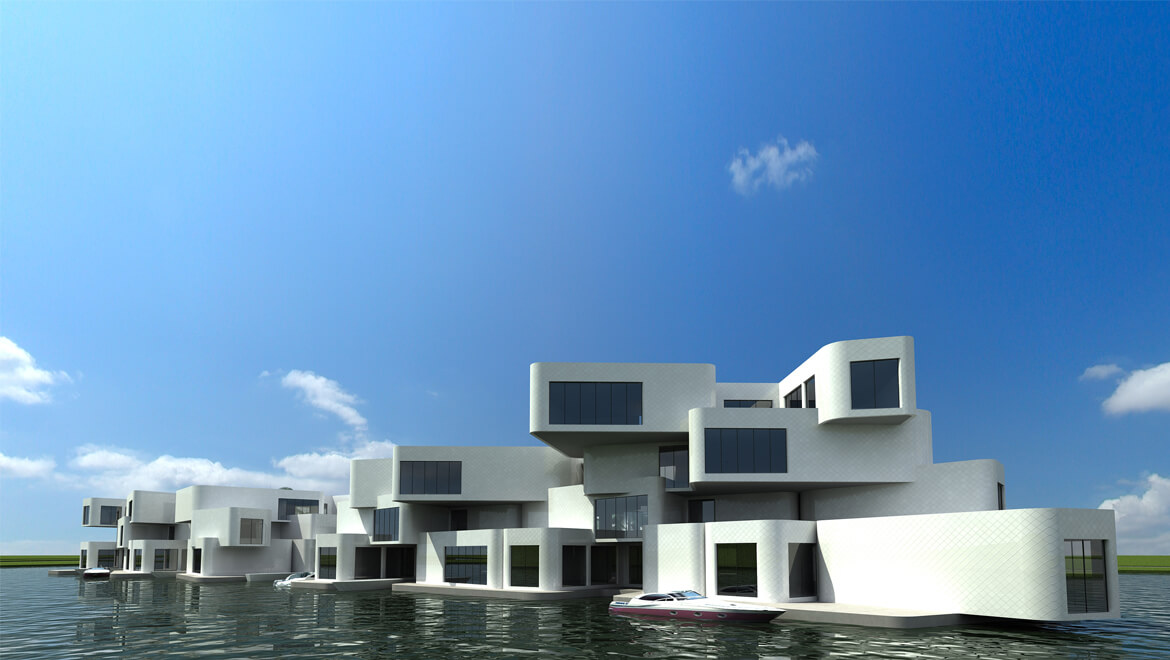
In een land waar de ruimte schaars is, de opgaven groot en water overvloedig aanwezig, zou je denken dat bouwen op het water staande praktijk is. Maar dat valt tegen. Er is twijfel over de haalbaarheid, al zien ontwerpers ook mogelijkheden.
‘Soms vragen mensen mij wanneer we gaan beginnen.’ Maar architect en stedenbouwkundige Rients Dijkstra moet het antwoord schuldig blijven op de vraag wanneer drijvende stedenbouw écht onderdeel wordt van het Nederlandse landschap. ‘In de stedenbouw gaat alles nu eenmaal langzaam.’ Zo’n 25 jaar geleden, bij de bouw van de wijk Terwijde in het Utrechtse stads- deel Leidsche Rijn, was bouwen op water al een onderdeel van de plannen. Maar wie nu gaat kijken in Terwijde, ziet enkel een paar steigerwoningen en woonboten. Het overgrote deel van de wijk oogt als alle andere: aard- en nagelvaste woningen. Gewone tuinen. Doodnormale straten.
Dijkstra maakte in 1994 het masterplan voor Leidsche Rijn. Was wonen op het water toen nog een vergezicht, nu is dat anders. Zijn bureau Posadmaxwan publiceerde onlangs een onder- zoek en een inspiratie- en handboek over de drijvende stad. Daarin wordt drijvende stedenbouw onderzocht als (denkbeeldige) optie voor onder meer de polder Rijnenburg. Die locatie was begin jaren 90 – net als nu – al in beeld als uitbreidingslocatie voor Utrecht.
Venetië
Anders dan verwacht, benaderde het onderzoeksteam van Posadmaxwan het thema niet zozeer ideologisch, vanuit klimaatverandering bijvoorbeeld, maar pragmatisch. Of, zoals Dijkstra zegt: speels. ‘Ik ben gaan kijken hoe mensen nu op het water wonen. In Schiedam ken ik een woonbootlocatie aan een prachtige gracht. Maar die woningen liggen allemaal op lelijke betonnen bakken tussen onooglijke schuttingen. Waarom doen we dat? Stel dat wonen op het water stedelijk en mooi zou zijn, zoals in Venetië. Kunnen wij ook niet zo’n stad maken? En wat zouden we dan moeten doen? Uiteindelijk leggen we wel een link met actuele vraagstukken. Waaronder, inderdaad, klimaatverandering.’
Volgens Posadmaxwan is de drijvende stad in het ideale geval aantrekkelijk, ecologisch, betaalbaar, inclusief, maakbaar én onderdeel van de al aanwezige stad. Vooral het laatste punt weegt zwaar, vindt Dijkstra. ‘Ik zie de grootste kansen niet in de landschappen die nog leeg zijn, maar in of vlakbij bestaande steden, zoals het oude havengebied Merwe-Vierhavens in Rotterdam, of Rijnenburg bij Utrecht. Op die plekken kun je duurzame drijvende steden maken. Die sluiten aan op wat er al is, in een relatief hoge dichtheid, met menging van functies, en een goede openbare ruimte. En dus niet achter muren.’
Volgens de Nigeriaanse architect Kunlé Adeyemi komt drijvende stedenbouw niet van de grond, omdat ouderwetse denkbeelden nog altijd de Nederlandse ruimtelijke ordening domineren. Adeyemi is bekend van het Makoko Floating System, een prefab oplossing voor bouwen op water dat overal ter wereld is toegepast. ‘We moeten het water onze steden inlaten, in plaats van er tegen te vechten’, zei hij onlangs in een interview.
Kwetsbare groepen
Architect Koen Olthuis is dezelfde mening toegedaan. Zijn bureau Water- studio richt zich sinds 2003 op wonen in, op en aan het water. Hij vindt dat de Nederlandse aanpak van stedenbouw en watermanagement ‘vastzit in technische oplossingen die we de afgelopen vijftig jaar al gebruikten’. Ondanks toonaangevende projecten als Ruimte voor de Rivier en het recente paradigma ‘bodem en water sturend’ is ons denken defensief gekleurd. ‘Leven op en in het water zit vreemd genoeg niet in de cultuur van de Nederlanders. Ze vinden het leuk, maar als je ze vraagt of hun tuin water moet zijn, zeggen ze nee.’ Waterstudio is dan ook vooral actief in het buitenland. Zo ontwikkelde Olthuis een masterplan voor een drijvende stad in de Malediven. Wonen op het water biedt kansen voor landen die worden bedreigd door zeespiegelstijging, niet toevallig de gebieden waar kwetsbare groepen lijden onder hoge overstromingsrisico’s.
Toch moet Nederland de ogen niet langer sluiten voor de mogelijkheden die bouwen op het water biedt, meent Olthuis. ‘Drijvende stedenbouw wordt tot nu toe vooral als freak gezien. Het blijft beperkt tot drijvende villa’s, speelgoed voor de rijken. Maar ik schaam me als ik luxe woonboten zie, of enorme waterwoningen die veel waterruimte in beslag nemen. Ik zou het graag breder zien. Wonen op het water zou juist heel erg Nederlands kunnen zijn. Een land met wortels in het waterbeheer moet die volgende stap kunnen zetten.’
Flexibel
Olthuis spreekt liever van ‘dynamische stedenbouw’ dan van ‘drijvende stedenbouw’, om aan te geven waar het in wezen om draait: flexibele steden, als eigentijds antwoord op eigentijdse vragen. ‘We kunnen al gebouwen ontwerpen die we later kunnen aanpassen, of zelfs verplaatsen. Zouden we dat ook met onze steden kunnen doen, ze zo ontwerpen dat we hun prestaties verbeteren? Mijn antwoord is ja.’ Daarvoor moeten stedenbouwkundig ontwerpers anders gaan denken. ‘Wie een stad op het water wil ontwerpen, moet zich om te beginnen afvragen: is de infrastructuur er klaar voor? Welke stedelijke componenten zijn nodig? Is het water echt inzetbaar? Is alles juridisch en qua regelgeving in orde?’
Vervolgens moet een stedenbouwkundige niet meer denken in eindproducten, vindt Olthuis. ‘Denk vanuit het proces. Het gaat om de stad als een continu veranderend systeem dat zich als een organisme kan aanpassen aan veranderende omstandigheden, aan nieuwe data.’ Hij zou graag meer willen uitproberen. Om die reden kwam hij onlangs met het Blue Village-initiatief, een oproep voor een testlocatie voor natte stedenbouw in een polder. ‘We moeten opschalen, aantonen dat het kan, dat het kosten bespaart. Een stad als Gouda zakt nu weg in de slappe ondergrond en het kost bakken met geld om de ondergrondse infrastructuur daar in stand te houden. Die kosten moet je in je berekening betrekken.’ Ook in het onderzoek van Posadmaxwan wordt een alternatieve organisatie- en financieringsvorm voor drijvende stedenbouw bepleit – een benadering die gericht is op de maatschappelijke levenscyclus.
Opportunistisch
De vraag is of er toekomst zit in drijvende stedenbouw of dat de traditie ons dwars blijft zitten. Rients Dijkstra gelooft dat laatste niet zo. ‘Veranderingen zijn mogelijk, altijd. Mensen zijn conservatief en opportunistisch tegelijk. En alleen al vanuit duurzaamheidsoogpunt moeten we dit bloedserieus nemen.’ Geslaagde voorbeelden van drijvende gebouwen leiden volgens hem af van waar we echt aandacht aan moeten besteden: het maken van steden voor iedereen. ‘Dus niet van huizen of suburbs voor de happy few. Drijvende stedenbouw moet gaan over de vraag of we op water stedelijk kunnen bouwen. Dus inclusief, met voorzieningen en een goede openbare ruimte.’
Dit artikel verscheen in het maartnummer van Blauwe Kamer.








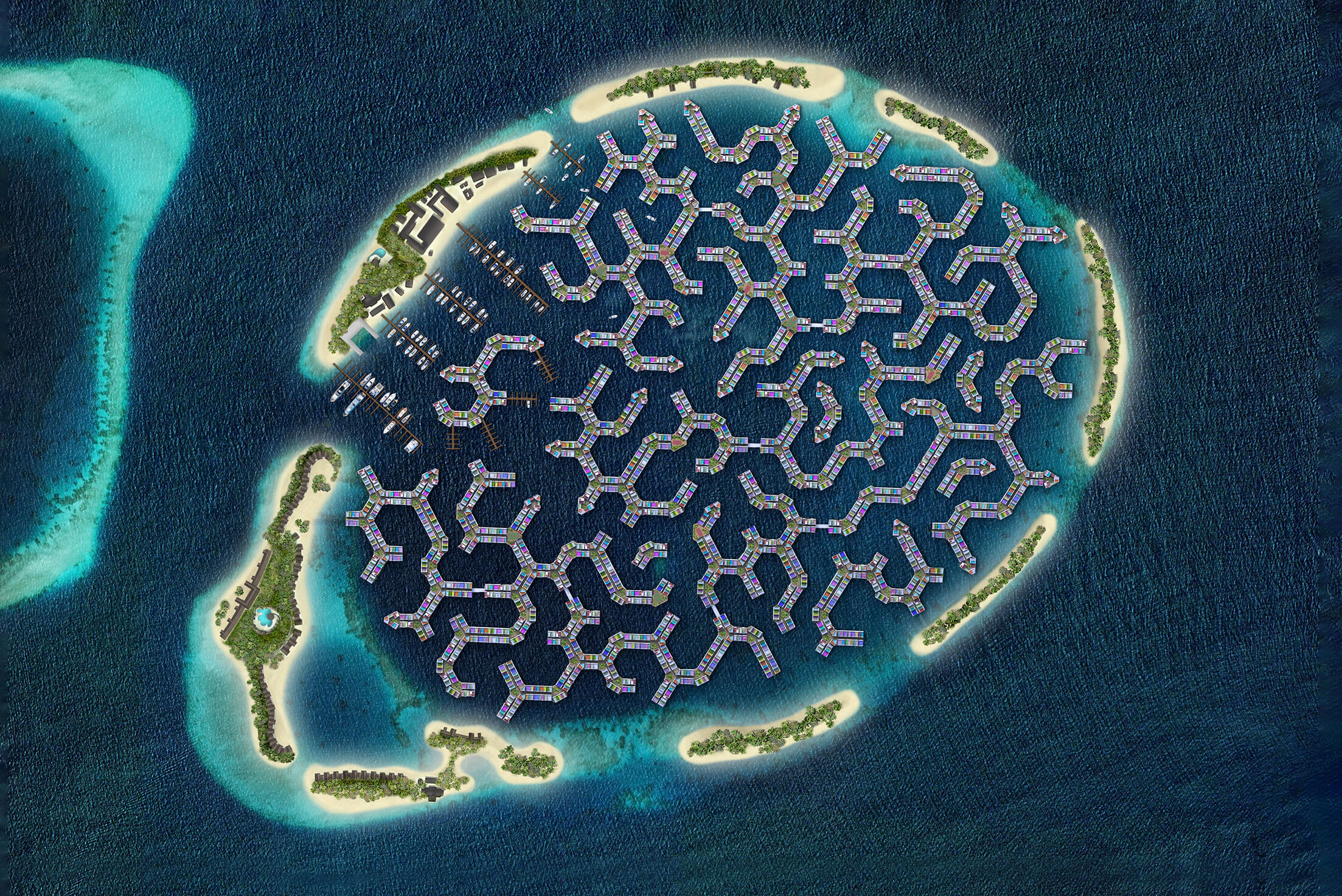
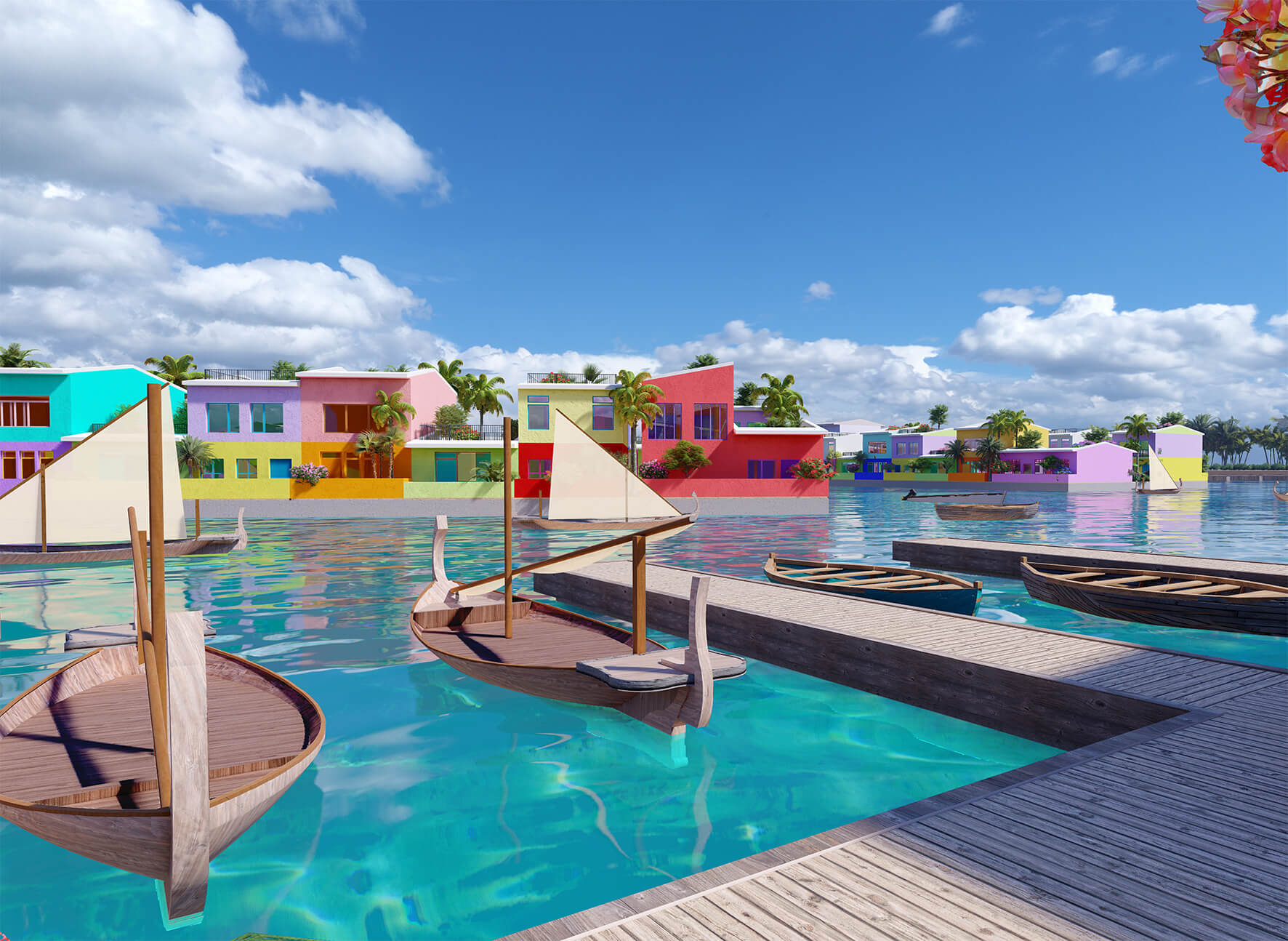
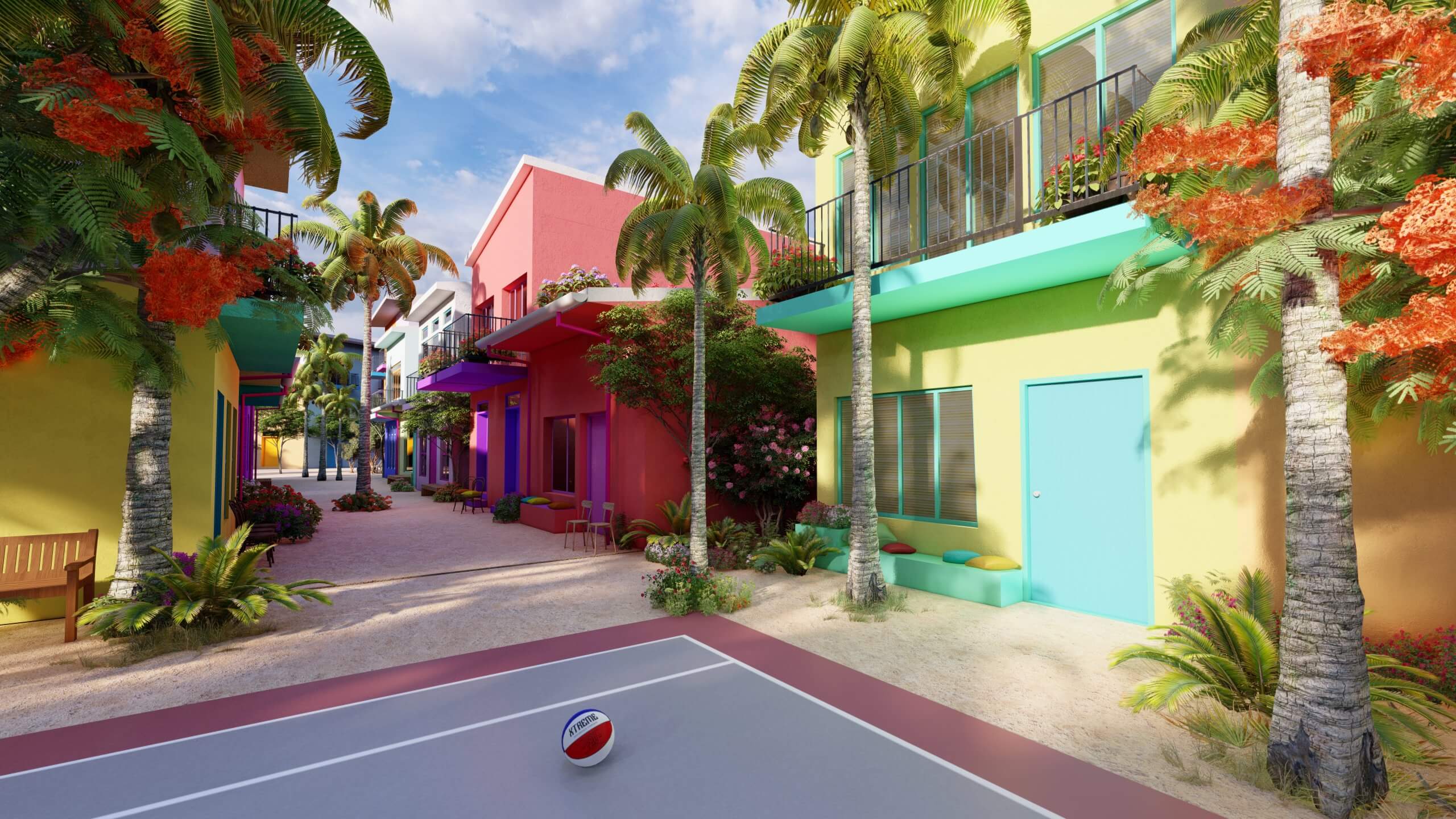
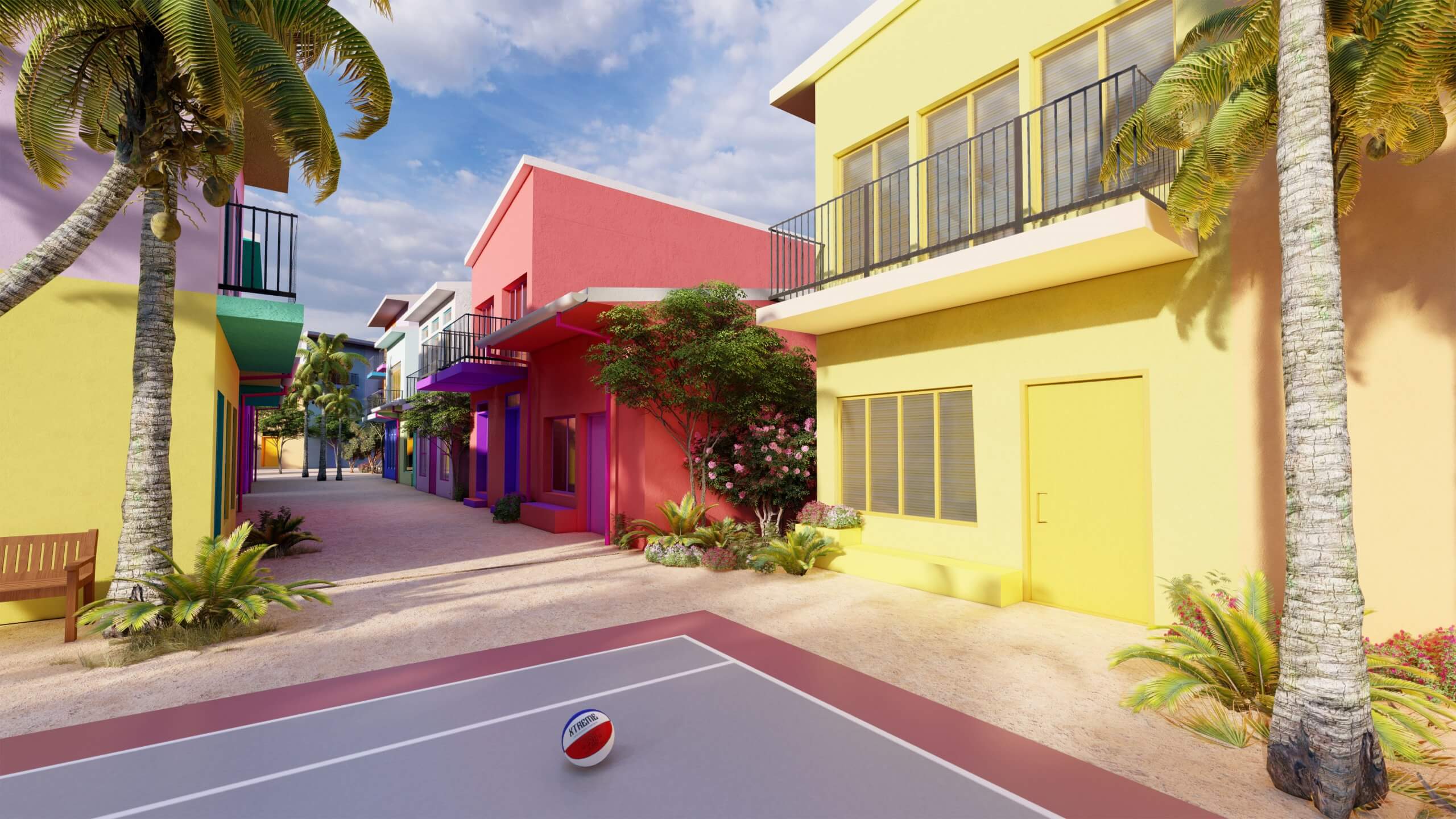
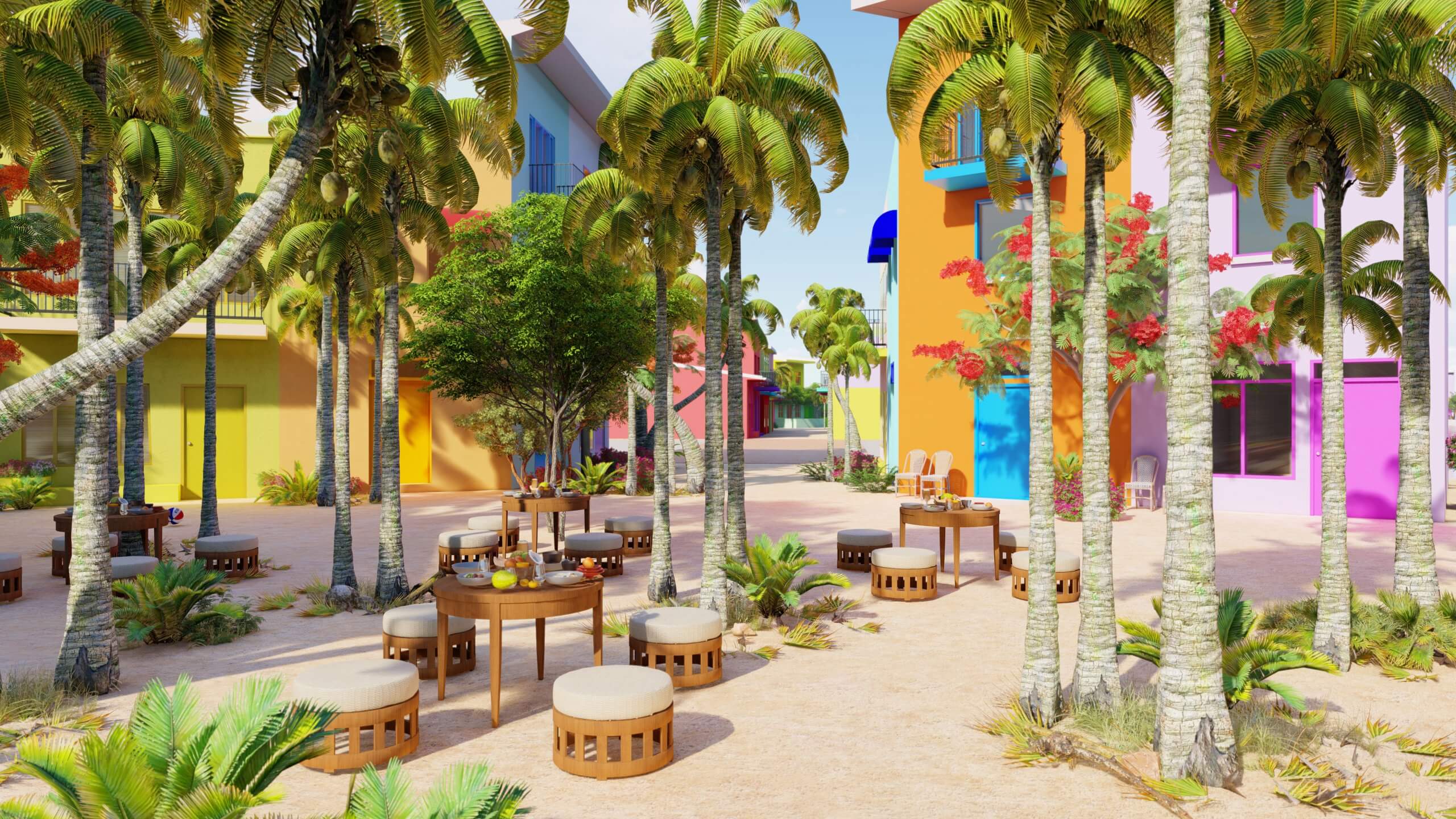


 “Tech is not the problem, but it is the regulatory framework that takes time to adjust,” Olthuis explained.
“Tech is not the problem, but it is the regulatory framework that takes time to adjust,” Olthuis explained.
/nginx/o/2022/06/21/14644870t1h5544.jpg)

